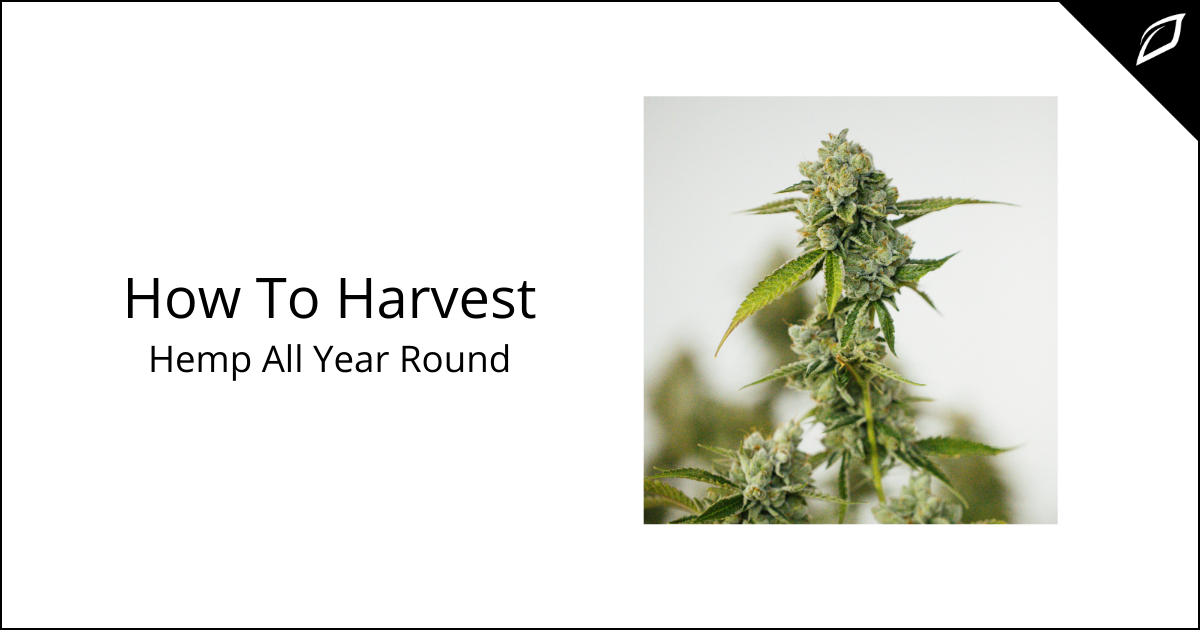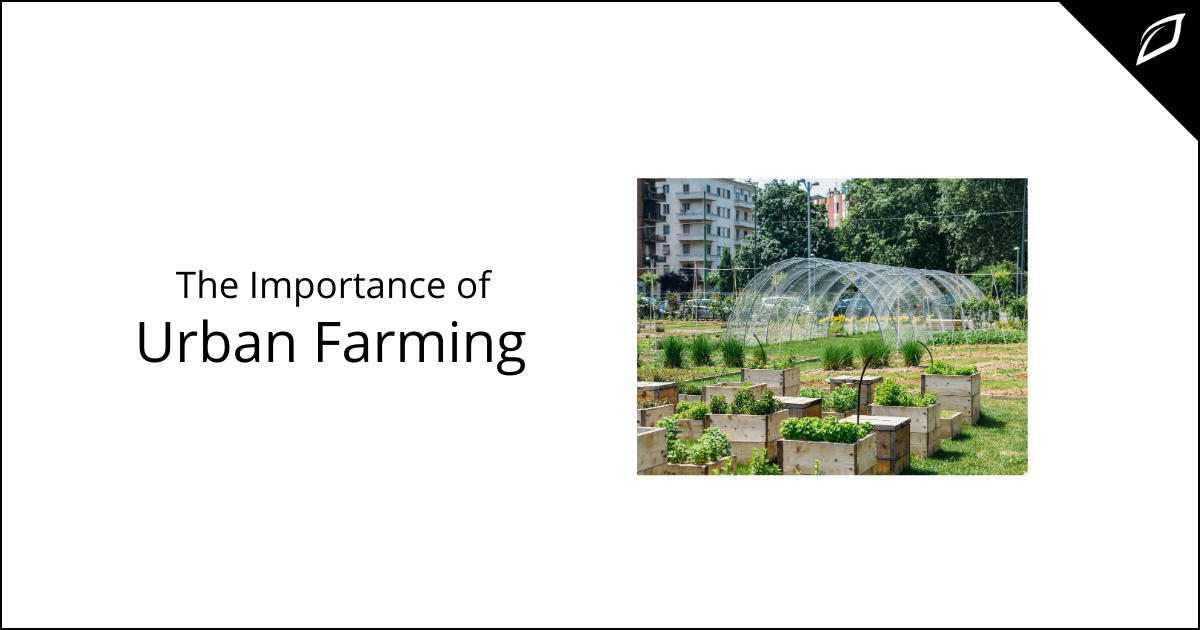The History of Agriculture
How we grow food has changed considerably in the last 50 years, with a surge in alternative agriculture emerging in our very recent history. Advances...

Are you interested in growing hemp? Why wouldn't you be?! Hemp is revered the world over for being the only plant with the power to feed, clothe, and heal us. And thanks to the 2018 Farm Bill, which removed hemp from the controlled substances act, it is legally recognized as an agricultural commodity.
Choosing How To Grow.
There are three categories of hemp cultivation: indoor flower, outdoor flower (or 'sun-grown' hemp), and greenhouse. Typically, you can expect a hemp crop to be ready for harvest in approximately four months. If you want to cultivate crops more than once a year, you could look at growing hemp indoors, as it allows for year-round harvest.
Before you get started, there are a couple of important caveats to consider. Typically, hemp is harvested for fiber, food, and extracts that are not suitable for indoor cultivation as the costs will significantly exceed the yield's value. For products made from biomass — flower, stalk, and leaves — it's much more economical to grow hemp on a massive "industrial" scale to reduce overall costs and boost profit margins.
However, if your grow goal is premium flower for combustible purposes, like vaping or smoking, then indoor hemp cultivation could be for you.
The Benefits of Indoor Hemp Cultivation
Growing hemp plants indoors in a controlled environment allows you to manage plant growth and flowering better. Plus, indoor production allows for consistent, controlled environments to protect against wind, hail, drought, and other weather-related threats. In the hand of an attentive grower, indoor hemp plants can yield denser buds, giving your harvest a healthier look, a more potent aroma, and great potency through cannabinoid content.
If that sounds like your jam, we've put together a few tips for getting the most out of growing hemp inside.
Disclaimer: Before you get underway, we recommend that you familiarize yourself with the 2018 Farm Bill, as there are still some restrictions in place regarding hemp cultivation.
Create the Perfect Growing Environment
Thousands of articles offer excellent advice on creating the perfect hemp grow room or greenhouse, depending on how much space you have. Tantamount to indoor cannabis cultivation, the critical investment items will be technology, nutrients, lighting, and airflow/ventilation. This article helps get the plants through the four different growing stages — germination, seedling, vegetative, and flowering.
Use the Right Genetics
Knowing the terpene and cannabinoid profiles of the cultivars you want to cultivate are two of the most important factors to consider when searching for the best hemp buds for your indoor setup.
Terpene Profile
Akin to cannabis, one of the most significant distinguishing factors between hemp cultivars in their terpene profile, its aromatic qualities. The plant's profile is a huge selling point, with customers regularly seeking out their favorite taste and smell profiles.
Cannabinoid Production
Growing hemp flowers for cannabidiol (CBD) has been all the rage, but some growers at the forefront of cannabinoid development are growing hemp buds for cannabigerol (CBG.) But no matter which cannabinoid you want to harvest, make sure you choose hemp flower cultivars that deliver a high percentage of either CBD or CBG for a greater return on your harvest.
Know Your State's Stance on Hemp Cultivation
While it's essential to choose hemp flower strains that produce high CBD or CBG levels, it's also vital that your hemp buds comply with the law. The 2018 Farm Bill mandated that all industrial hemp plants must stay below 0.3% THC.
On that note, it's essential to know your state's stance on cultivating smokable hemp. For example, in Vermont and Colorado, there is a vibrant smokable hemp flower industry with state governments' support and have created standards for testing and labeling smokable hemp products. However, in other states, including North Carolina, Texas, Iowa, Massachusetts, and Louisiana, there have been attempts to ban smokable hemp possession and sale.
So, if you're thinking of cultivating indoor hemp, make sure you understand what you're willing to do to achieve the kind of quality you need to compete in the competitive market.


How we grow food has changed considerably in the last 50 years, with a surge in alternative agriculture emerging in our very recent history. Advances...

While Fall closes the door on Summer, Growlink is harvesting new innovations on their OS Platform. But like last month, we're focusing on our core...

As Americans, we're pretty lucky to have access to fresh food, regardless of what time of year it is. Now that many world regions are back on...